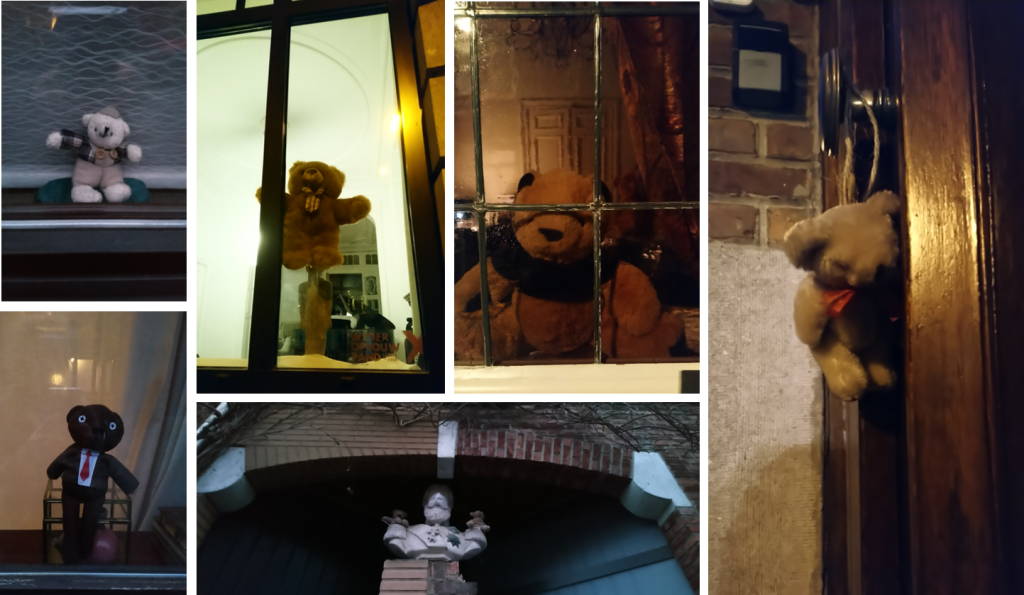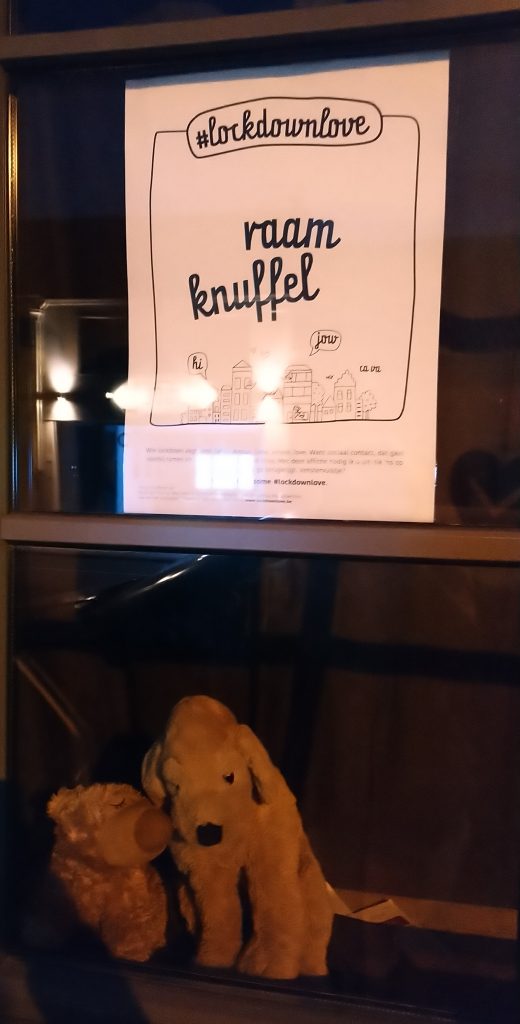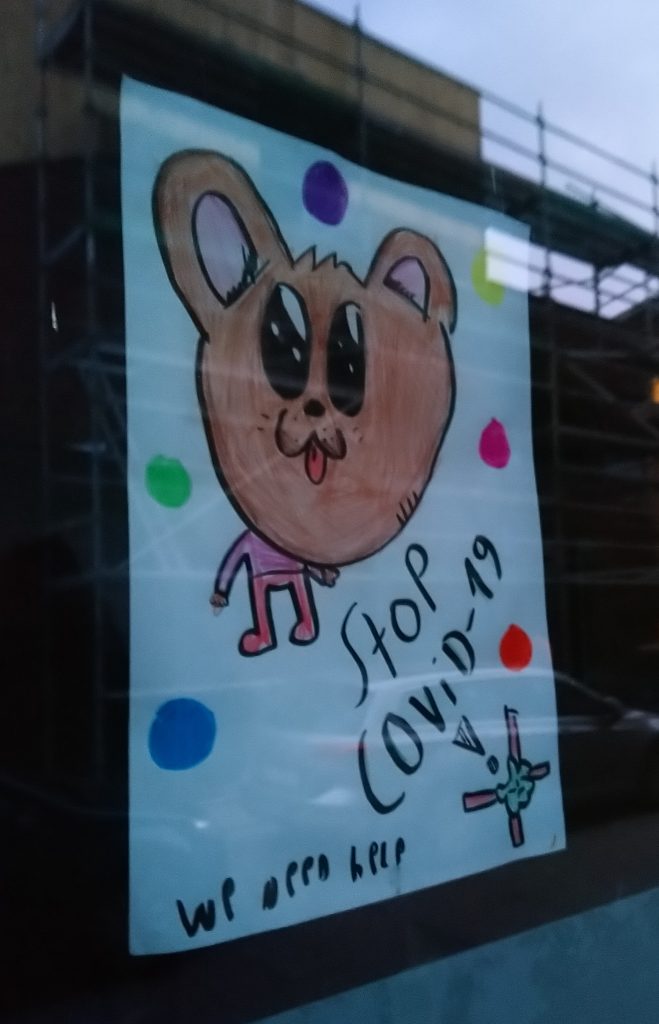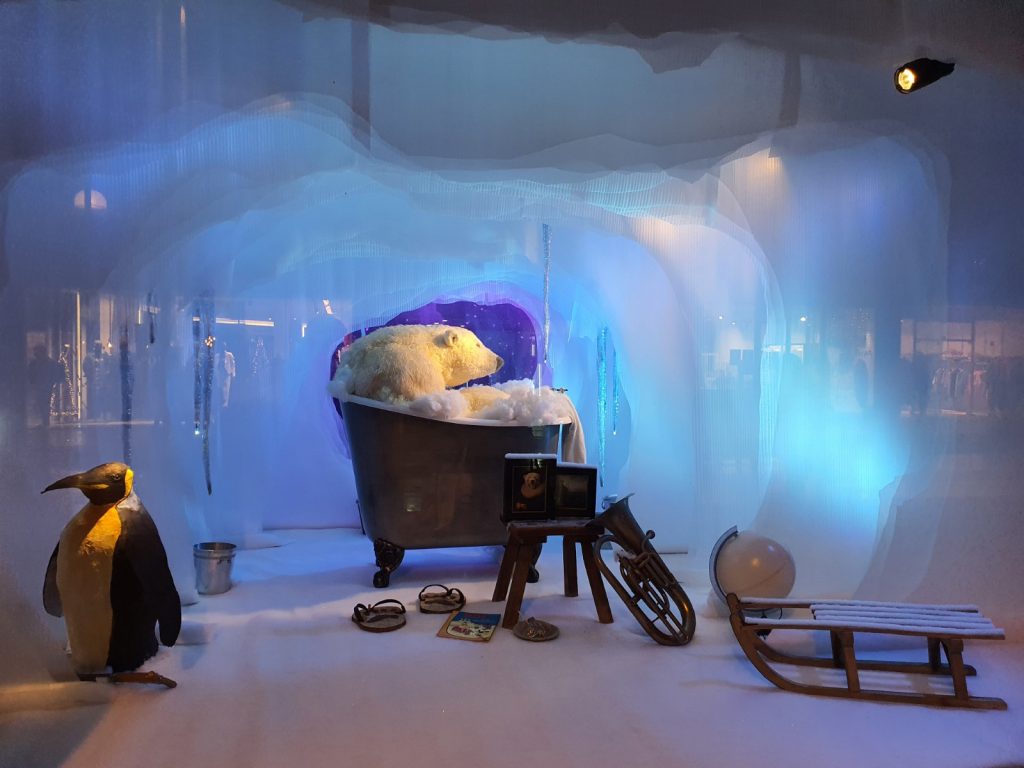Corona-induced Cohesion
Blog: Strategic Structures
The balance between autonomy and cohesion is one of the three balances, essential for everything living and social. It’s fascinating to watch when there is a shift both in the balance itself and in the way it is achieved. The times of Coronavirus are exceptionally rich in new ways of maintaining social cohesion.
There are various factors and forces for cohesion. They can be distinguished once in terms of origin and influence, and then for different system scales – individual, organization, society. This way, there are nine categories: individual factors for individual cohesion, individual factors for organizational cohesion, individual factors for the cohesion of society, then organizational factors for individual cohesion, organizational factors for organizational cohesion and so on for all nine combinations.
Some factors work in similar ways at different scales, others not. For example, the need for safety, the need to reduce uncertainty, and the need to increase self-esteem, are individual facts for both organizational and societal cohesion.
Most ways to increase cohesion reduce autonomy. This is the case, for example, when social cohesion is achieved through any form of centralization of decision-making power.
But there can be an increase in cohesion without reducing autonomy. In fact, it can even do the opposite, enable it. Such is the case with the world wide web. On the web, everyone is free to say whatever they want (autonomy) but it can be consumed only if it is shared using some agreed standards (cohesion). These standards ensure a uniform way to publish, identify, and access documents on the web. They enable individuals and companies to invent various web applications (autonomy), but again, these applications could only be widely used if they conform to the agreed standards (cohesion). Of course, such a system is not immune to tumours where the tight integration of data and services can bring a new form of centralization, using the scale of the internet to achieve its internal balance between autonomy and cohesion (example: Facebook) at the expense of that of the web.
If we imagine the dynamics of autonomy and cohesion as a seesaw, we can tell the relative degree of autonomy and cohesion with the respective angles A and C between the beam and the fulcrum base. The balance is achieved when the beam is horizontal.
When the angle C is the same as angle A, there is balance, and when it is smaller, there is disbalance caused by too much cohesion.
But not always.
In keeping with the seesaw metaphor, a crisis situation can be imagined as a slope. The next drawing shows the seesaw at the time of crisis when the angle C must be smaller than A to keep the beam is horizontal, in balance.
In time of crisis, maintaining the balance requires either more cohesion or a new kind of cohesion to compensate for the loss of normal cohesion.
The Coronavirus global disturbance brought increased centralization all over the world. And is it turned out, in crisis, people are more willing to forgo certain freedoms to get more protection. People appreciate the benefit of centralized information and allow a single authority to isolate them from each other or even trace their contacts.
Centralization and hierarchy are not something that works better only in crisis but also when the normal situation is that of high risk. Even those of us who praise self-organization, would not board a ship sailed by an agile crew. But it’s even less likely that we would be as crazy as to board a ship managed the way our governments are. A sailor seeing an iceberg on the course of such a ship would probably be asked to submit an iceberg spotting form to be reviewed by the hierarchy of the ship.
Many tools for cohesion are static, and either evolved in normal times and are too tolerant during the crisis or are created in times of a crisis and too restrictive during normal times. David Krakauer goes as far as to suggest that maybe we need a dynamical constitution whose essential size varies according to the challenges that a society face.
The increase in cohesion during a crisis is not only happening centrally and top-down, but also locally, bottom-up. And that’s fascinating to watch.
Here in Flanders (Belgium) for example, the first sign was the white sheets appearing at house windows to express gratitude for the medical workers. Then the threat to the small businesses resulted in various actions towards increased cohesion. One prominent local example was the Van Biesen rose plantation in Opwijk joining forces with seven other flower growers to set up a webshop. This is a corona-induced shift from competition, an expression of autonomy, to cooperation, increased cohesion.
Yet, the COVID-19 pandemic hit the retailers hard. The town streets got depressing with more empty shop windows every week. In Leuven, the municipality came with an idea to reduce the collateral damage of the abandoned retail premises. They financed art installations to fill in the empty shop displays and keep the spirits of citizens up. Here’s one such installation, “Polar bear in the bath”.

When the fabric of society is cut and ravelled out, it finds ways to produce and weave new threads in place of the broken ones. Something like that happened again in Flanders and like with the shops in Leuven, the windows were the channels to bring this new cohesion through.
By the end of March 2020, the Coronavirus pandemic sparked a bear hunt in several places around the world including Australia, New Zealand, UK and US. The hunt seemed initially inspired by Michael Rosen’s book “We’re Going on a Bear Hunt”. People started placing teddy bears in street-facing windows so the kids can hunt them out on walks.
Here in Flanders it went viral. VRT, the Flemish broadcaster, followed a child who counted 69 bears in Ghent.
Teddy-bears appeared all over Leuven as well.

But the street-looking teddy-bears did not only serve to keep the children entertained when the schools were closed. At least here in Flanders, they worked for the adults too. Maybe helped by the factknuffelmeans both teddy-bear and hug in Dutch, the small staffed animals from the windows served as a replacement of the hugs we are deprived of.

And this exapted to the point of symbolising one of the few things fully uniting the society, the common will to stop the spread of the virus.

Related posts
Essential Balances, Huizen, 2019
Leave a Comment
You must be logged in to post a comment.








